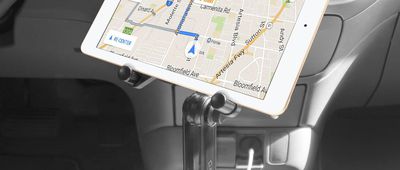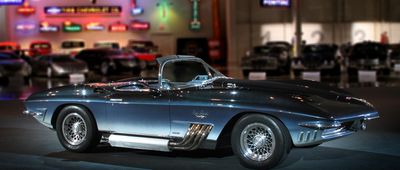Mighty Machines
The tried and true Willys MB emerged from World War II as the most famous military vehicle on the planet, but the trusty Jeep might as well have been a Hot Wheels toy car compared with what was to come. From clearing mines and moving earth to mobile weapons units and cross-country fighting machines, these are the biggest, baddest, and most impressive vehicles in use in the U.S. military.




























